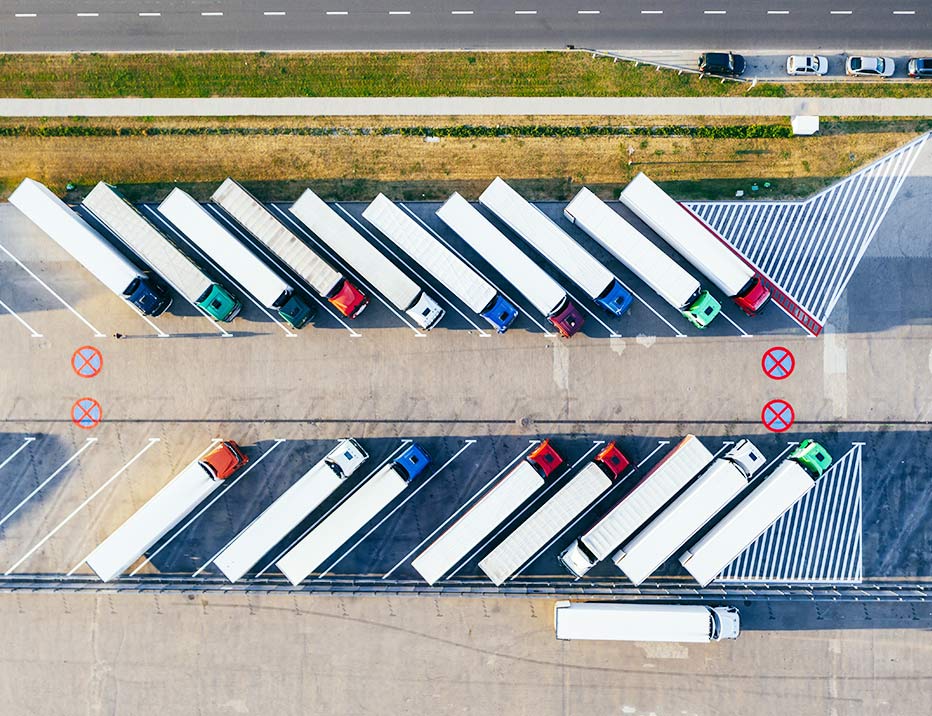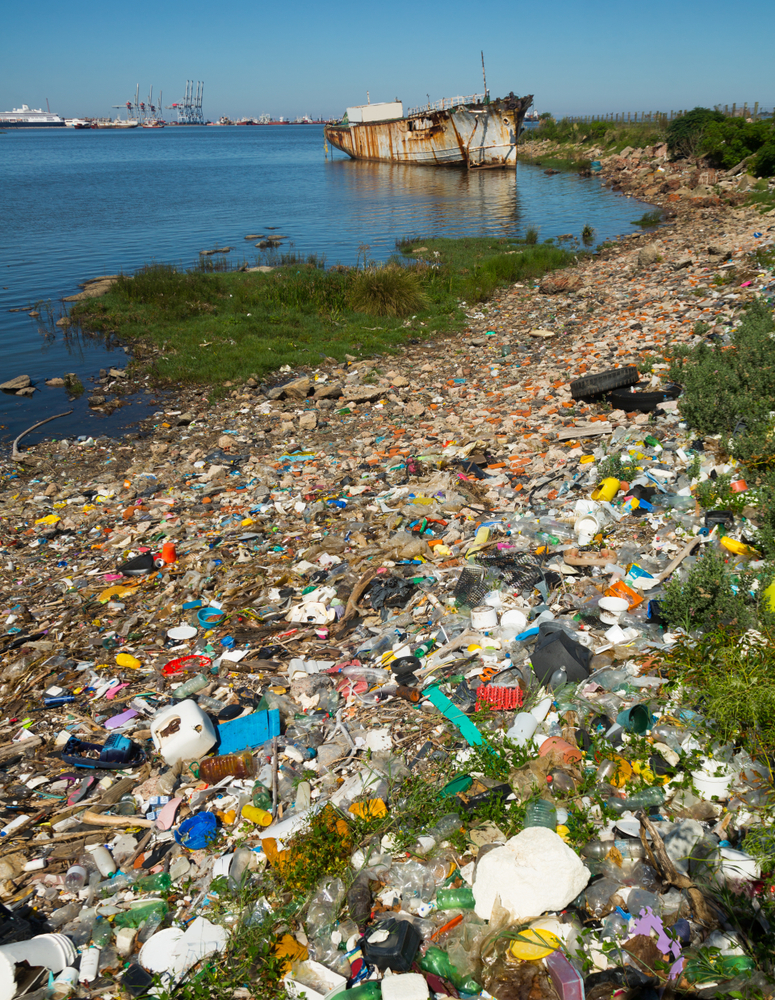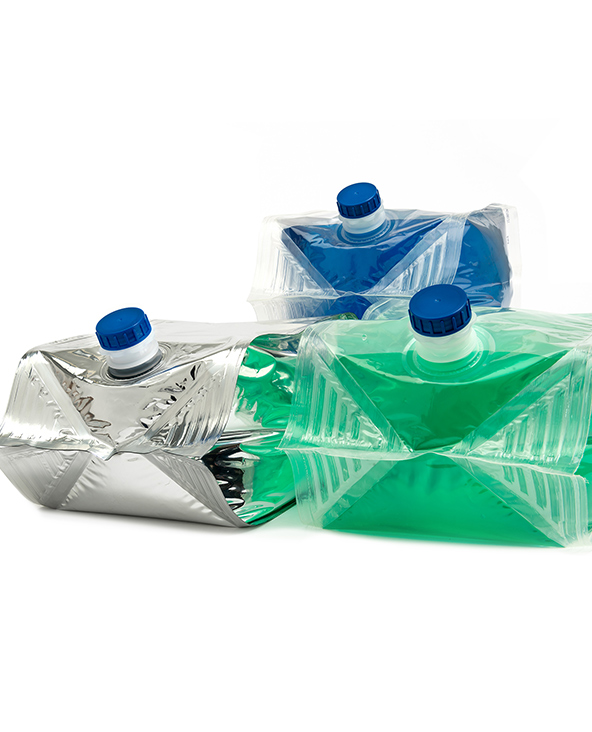
Sake Packaging
Traditionally, sake is stored in either glass, plastic, semi-rigid containers, or cartons. And while these packaging formats are good for small quantities, they pose a challenge when it comes to bulk quantities of sake. That’s where a format like bag-in-box packaging can shine – and where a solutions provider like CDF can help.
Bag-in-Box for Sake Packaging
Bag-in-box packaging is a two-piece format. It consists of an outer corrugated box that protects the contents inside of the box, which is typically within a flexible bag. Bag-in-box packaging gained popularity as an alternative means of packaging liquids, and sake is a natural extension of this.
There are several benefits associated with bag-in-box packaging:
Extended Shelf Life: Bag-in-box packaging can significantly extend the shelf life of sake both before and after opening. The design of the bag prevents air from entering the packaging, reducing oxidation and maintaining the quality and flavor of the sake.
Cost-Effectiveness: Compared to traditional glass bottles, bag-in-box packaging is generally more cost-effective. It reduces manufacturing costs, and the lightweight nature of the bags lowers shipping costs. Additionally, the material costs for producing the bags are typically lower than for glass.
Environmental Benefits: Bag-in-box packages are more environmentally friendly than many traditional packaging options. They require less energy to produce and transport, and the materials used are often recyclable. Furthermore, the reduced weight and volume mean lower carbon emissions during transport.
Convenience: Bag-in-box packaging is easy to use and store. The packaging typically includes a tap that makes pouring simple and convenient, reducing the risk of spillage. It’s also more space-efficient for storage, both before and after opening, as the bag collapses as the sake is dispensed.
Versatility in Sizes: Bag-in-box systems, including both the Cheertainer® and standard pillow styles, are available in various sizes, from small retail packages to large volumes suitable for food service applications, offering flexibility based on consumer and business needs.

40% = 34.7 million tons
According to a Flexible Packaging Association (FPA) study, nearly 40% – or 34.7 million tons – of all produced foods are sent to landfill each year.

Cost Effectiveness
We already noted how bag-in-box can help reduce transportation costs, as more product can fit on fewer truckloads. But bag-in-box helps conserve costs and improve the bottom line in other ways as well. For instance, CDF’s Cheertainer bag is cheaper than many rigid-only alternatives. Bag-in-box is also easily able to integrate with existing product lines on the shop floor and speed filling operations, which can help improve efficiency.



Environmental Impact
In addition to the benefits of bag-in-box packaging for sake that we listed above, this format has significant sustainability advantages. For instance, the corrugated “shell” of the package is fully recyclable, and the inner flexible bag is typically created using fewer materials and thereby fewer resources compared to more conventional formats.
Also, bag-in-box is a stackable format, making it easy to store and transport. More bag-in-box packages can fit onto fewer truckloads, which helps conserve transportation costs and also helps reduce transportation emissions.
Contact CDF Today
For more information on the benefits of bag-in-box for sake packaging, contact CDF today.
How can we help?
Contact Us
CDF Corporation
Main Line
800.443.1920
Drum & Pail Division
508.591.6700
888.593.2211
Flexible Packaging Division
508.591.6800
888.593.2212
Office Hours
Monday-Friday: 8am to 5pm EST
